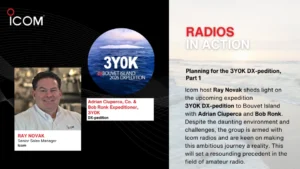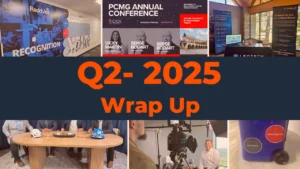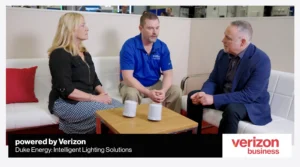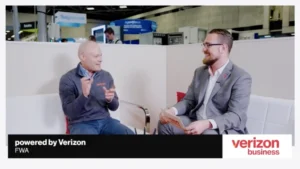We’ve Achieved Nuclear Fusion Ignition. Are There Environmental Concerns?
The Lawrence Livermore National Laboratory has announced a momentous breakthrough in nuclear fusion – on December 5, experimenters at the National Ignition Facility were able to produce “more energy from [their] self-sustaining fusion reaction than they put in to create the reaction.”
This is possibly the most significant breakthrough in the history of energy research.
National Geographic reports that this “major step towards fusion power” has the potential to transform nuclear energy in the long term. As opposed to chemical reactions like gasoline combustion, “nuclear reactions pack roughly a million times more punch than chemical reactions do.” The future implications are truly staggering, and could forever change the way we consume energy.
But this development is not without valid concerns. Rasmus Winther, Professor of Humanities at UC Santa Cruz, explains potential environmental concerns through the lens of Jevon’s Paradox.
Winther’s Thoughts:
“There’s a lot of excitement about the nuclear fusion breakthrough at the Lawrence Livermore Laboratory, and it is exciting. I’d like to make a comment from the point of view of our environmental economics and from the point of view of Jevon’s Paradox, which basically says, and you can look it up, that with technological progress, increasing the efficiency with which resources, including resources such as energy, is used or made, that rather than the use of that resource declining, it actually increases.
And that’s my fear. My fear here is that with this massively new technology, over time, human energy demand will absolutely explode and cause absolutely increasing consumption of rate with a massive environmental impact.”








